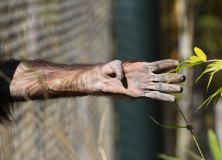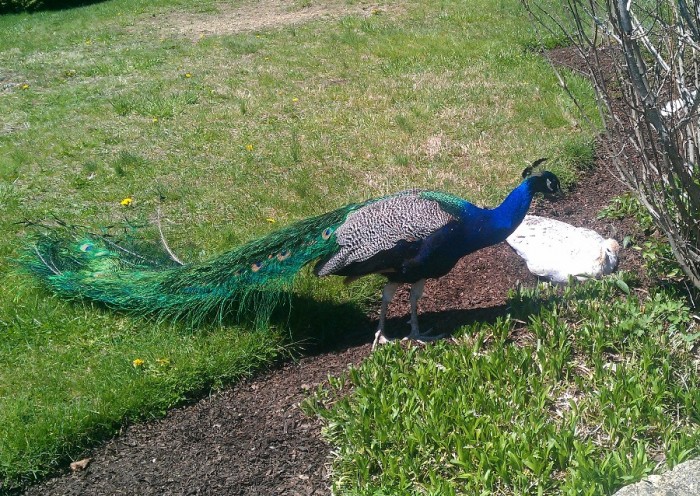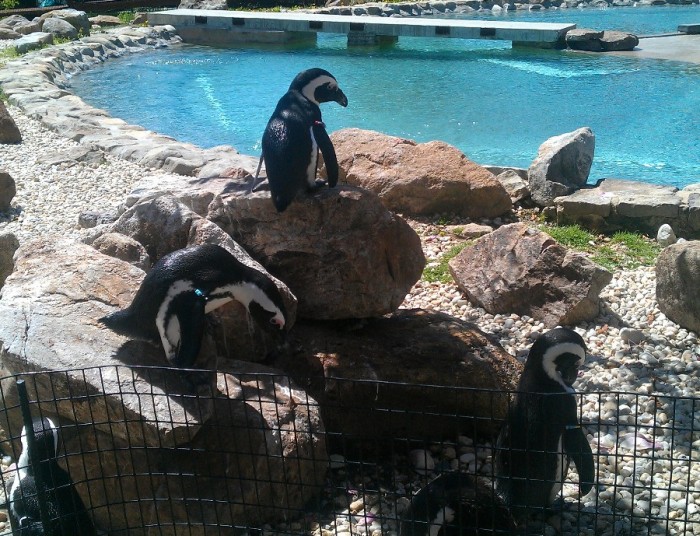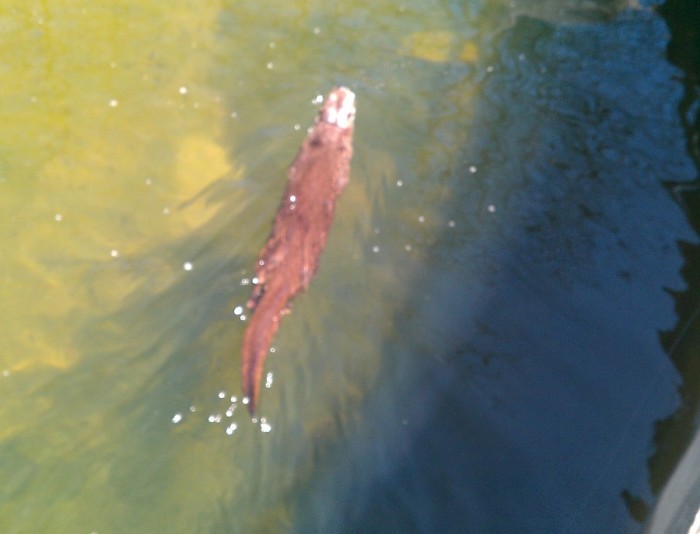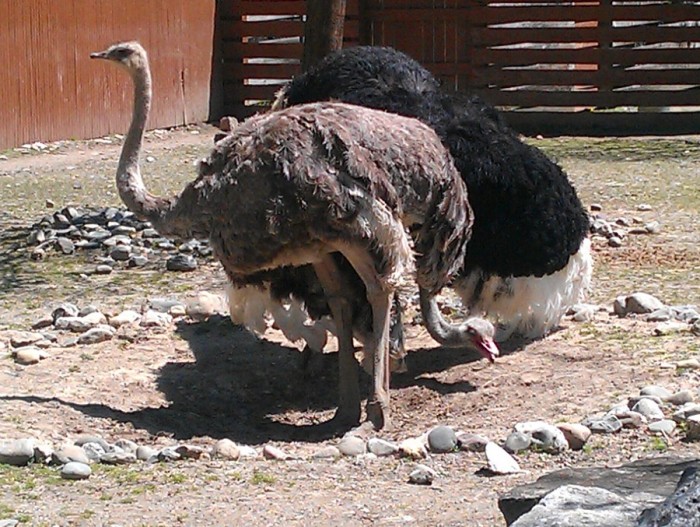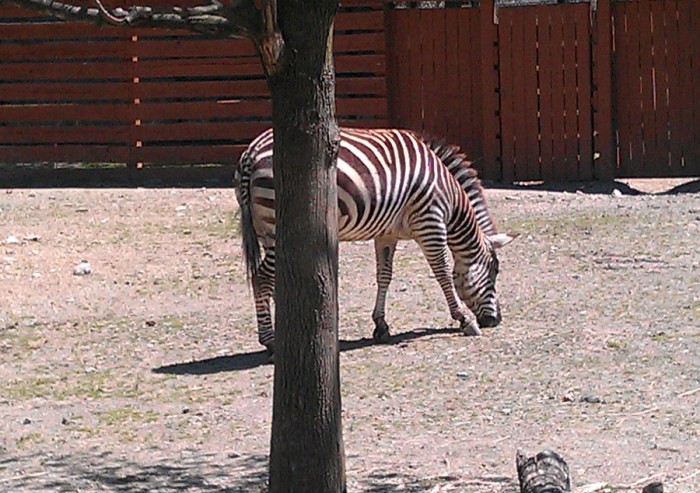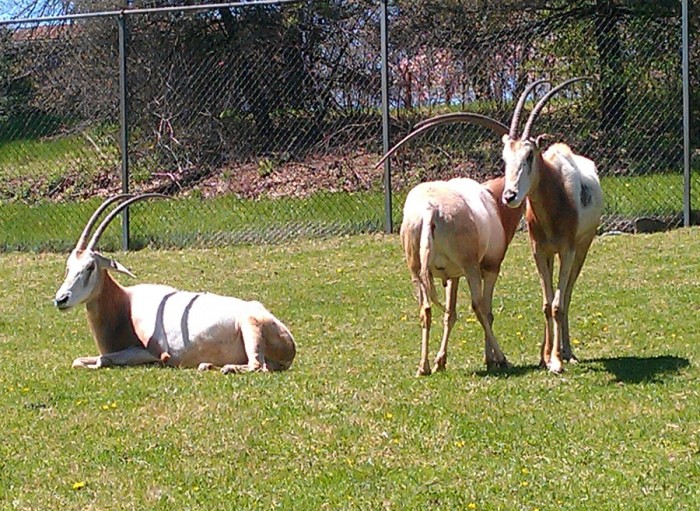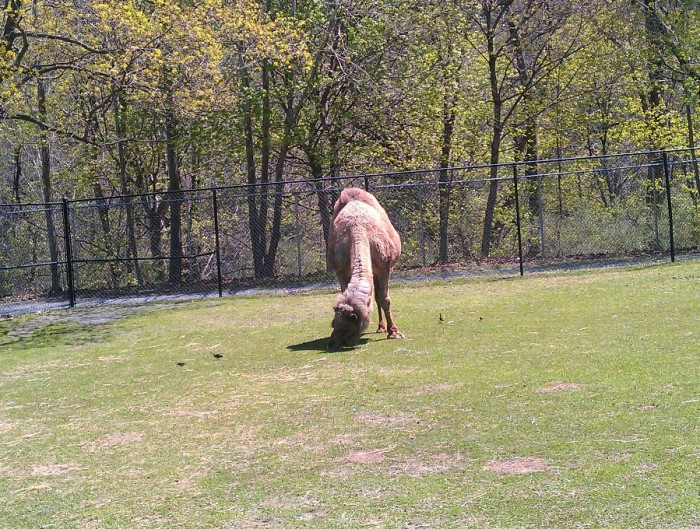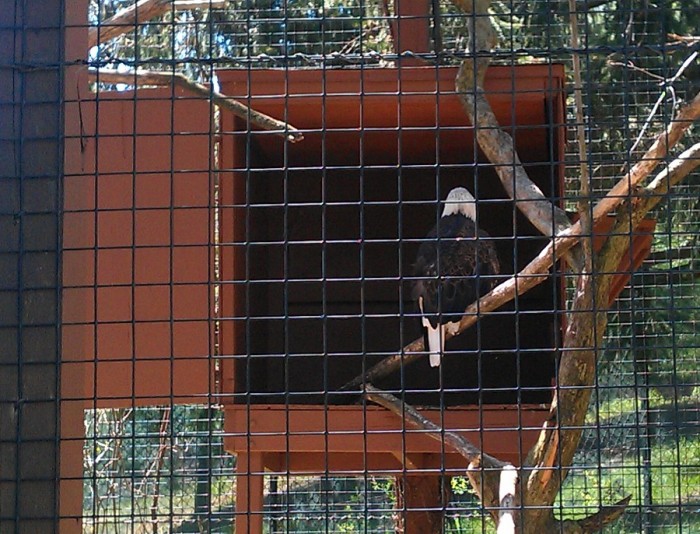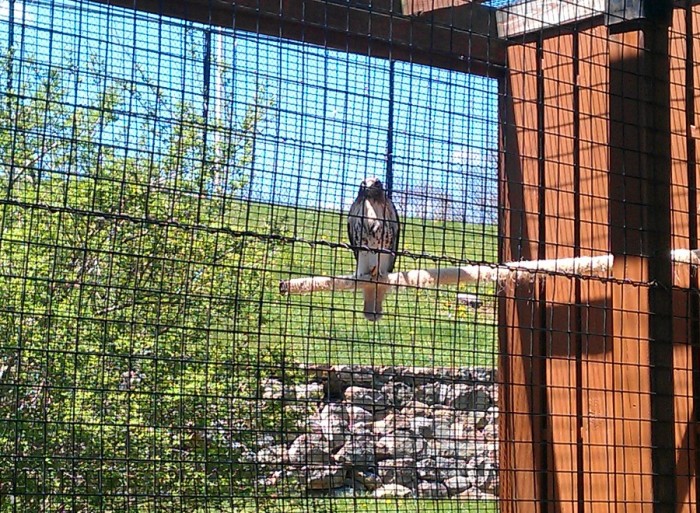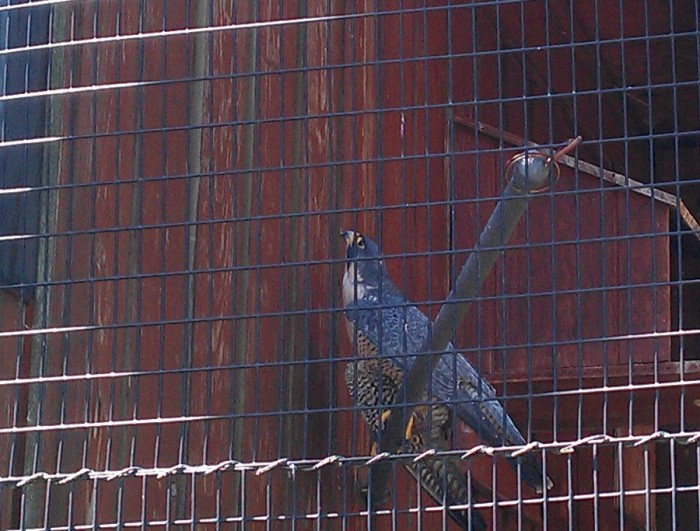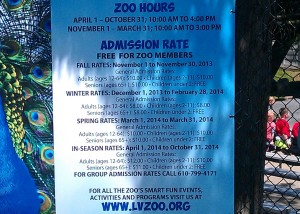 I visited the Lehigh Valley Zoo yesterday and the visit had me re-evaluate the need for them. Not just the Lehigh Valley Zoo, but all of them. What I saw there has me believing there is little benefit to having a zoo, other than as cruel entertainment for humans, disguised as wildlife preservation.
I visited the Lehigh Valley Zoo yesterday and the visit had me re-evaluate the need for them. Not just the Lehigh Valley Zoo, but all of them. What I saw there has me believing there is little benefit to having a zoo, other than as cruel entertainment for humans, disguised as wildlife preservation.
Before you read further let me assure you that I am in no way accusing the Lehigh Valley Zoo of intentionally abusing or mistreating the animals. I found the animals to be well fed and the enclosures clean. The overall environment showed a true devotion to the animals. While I was there they had a learning presentation about reptiles for the kids.
The problem wasn’t with the staff, but the animals themselves and the idea of zoos in general.
Zombies stuck in an endless and monotonous routine would best describe them, with a few exceptions. Those exceptions were the ones that seemed to have gone crazy.
The fisher, an animal that resembles a large weasel, was the outright winner of the “Gone Stir Crazy” award. This furry little creature, who had apparently chewed much of the fur off its own tail, stayed to the rear of his enclosure and as far as possible from those who took a 10 second glance before moving on. His enclosure was about 14′ wide, by my estimate, and he ran from one side to the other… continuously.
I watched him for 15 full minutes. Run to the right and up to the fence… stop… turn around… run to the left and up to the fence… stop… turn around… repeat endlessly. His mouth remained wide open. He began to remind me of that crazy weasel in the old Warner Brothers cartoon. The one that was determined to eat the rooster, Foghorn Leghorn.
Under his feet was a well worn path, bare of the vegetation that grew alongside his narrow little trail. He had obviously been doing this for quite some time. He barely resembled a fisher you might see in the wild. That chewed tail and poor coat of fur coupled with a never ending run to nowhere indicated an animal that had gone completely nuts.
He was still running when I left.
There was a river otter at the zoo. I only saw one. I don’t know if he had a playmate, or any mate for that matter. I didn’t see another one. I may be wrong, but I always thought these otters were social animals.
This otter swam in his little circular cement pond, filled with algae bloom. Its swimming area had an island in the middle. The otter would do a couple of laps, get out, lay on a rock for a minute, swim a couple of laps, get out, and so on. I saw nothing that would keep this river otters mind occupied. No river otter toys. No river otter challenges. Just a narrow little swimming strip that led back to where it started.
Surrounding this “natural habitat” were cement benches that could seat at least 50 people, much like a roman amphitheater. The seats were empty. After all, how long can you sit and watch a lone otter swim in a circle? I lasted 5 minutes.
The wolves. One of my favorite wild animals. Proud, brave, and strong. They are hunters with a social hierarchy and a strong family loyalty within their clan. They were in a large enclosure and stayed as far away from the group of children peering at them from the observation bridge. The wolves were far up the hill and were lounging lazily under the shade of trees. They knew there would be no hunt. There were no pups to protect. They simply waited for feeding time. Hardly the gray wolves one would meet in the wild, though the zoo states on their website that the animals “may” be re-introduced to the wild.
Then there were the raptors. A bald eagle, an owl, and falcons among the other large birds. All in cages. None could fly skyward. They were trapped so that people could stare at them for less than a minute before moving on.
The bald eagle, like other animals at the zoo, kept its back to the people looking at it. It preferred looking inside the large empty wooden box that seemed to be its shelter, rather than hope to dream of getting out of its confine.
Now, most of you may think that I’m some PETA activist. Hardly. I’m just not too keen on captive animals being called “animal ambassadors,” as if they had any type of say choosing to be where they find themselves.
I’m a hunter and it might be because of my hunting background that I may actually appreciate these animals more than people paying almost $50 to bring their family of 4 to see animals in prison. That price doesn’t include the $2.50 hotdogs offered at the concession stand.
During my hunts over many years I’ve been lucky to see nature the way it was intended to be seen.
I’ve seen desert sheep climb sheer cliffs in the southwest. I’ve had a bull elk pass within feet of where I sat along a ridge in the High Sierras. I watched a mountain lion chase a young mule deer. I once had a wild American Mink rummage through a backpack of mine while I watched. (It was only when I moved my boot, as he began to chew on it, that he realized I was there.)
I’ve seen bobcats, coyotes, and lynx, to name only a few others. All in their natural habitat and doing what they do naturally.
A zoo is no place for a wild animal.
The following are some excerpts by Dale Jamieson who rallied against zoos more than 30 years ago:
His complete paper can be read by Clicking Here.
In PETER SINGER (ed), In Defense of Animals, New York: Basil Blackwell, 1985
Before we consider the reasons that are usually given for the survival of zoos, we should see that there is a moral presumption against keeping wild animals in captivity. What this involves, after all, is taking animals out of their native habitats, transporting them great distances and keeping them in alien environments in which their liberty is severely restricted. It is surely true that in being taken from the wild and confined in zoos, animals are deprived of a great many goods. For the most part they are prevented from gathering their own food, developing their own social orders and generally behaving in ways that are natural to them. These activities all require significantly more liberty than most animals are permitted in zoos.
Stephen Kellert’s paper ‘Zoological Parks in American Society’, delivered at the annual meeting of the American Association of Zoological Parks and Aquariums in 1979, indicates that zoo-goers are much less knowledgeable about animals than backpackers, hunters, fishermen and others who claim an interest in animals, and only slightly more knowledgeable than those who claim no interest in animals at all.
Of course, it is undeniable that some education occurs in some zoos. But this very fact raises other issues. What is it that we want people to learn from visiting zoos? Facts about the physiology and behaviour of various animals? Attitudes towards the survival of endangered species? Compassion for the fate of all animals? To what degree does education require keeping wild animals in captivity?
Couldn’t most of the educational benefits of zoos be obtained by presenting films, slides, lectures and so forth? Indeed, couldn’t most of the important educational objectives better be achieved by exhibiting empty cages with explanations of why they are empty?
…very few zoos support any real scientific research. Fewer still have staff scientists with full-time research appointments. Among those that do, it is common for their scientists to study animals in the wild rather than those in zoo collections. Much of this research, as well as other field research that is supported by zoos, could just as well be funded in a different way— say, by a government agency.
Zoos teach us a false sense of our place in the natural order. The means of confinement mark a difference between humans and animals. They are there at our pleasure, to be used for our purposes. Morality and perhaps our very survival require that we learn to live as one species among many rather than as one species over many. To do this, we must forget what we learn at zoos. Because what zoos teach us is false and dangerous, both humans and animals will be better off when they are abolished.
I also like the quote by an actor we all know:
“Zoos are becoming facsimiles – or perhaps caricatures – of how animals once were in their natural habitat. If the right policies toward nature were pursued, we would need no zoos at all.” ~ Michael J. Fox, Always Looking Up: The Adventures of an Incurable Optimist
Disclaimer: On January 4, 2016, the owner of WestEastonPA.com began serving on the West Easton Council following an election. Postings and all content found on this website are the opinions of Matthew A. Dees and may not necessarily represent the opinion of the governing body for The Borough of West Easton.

